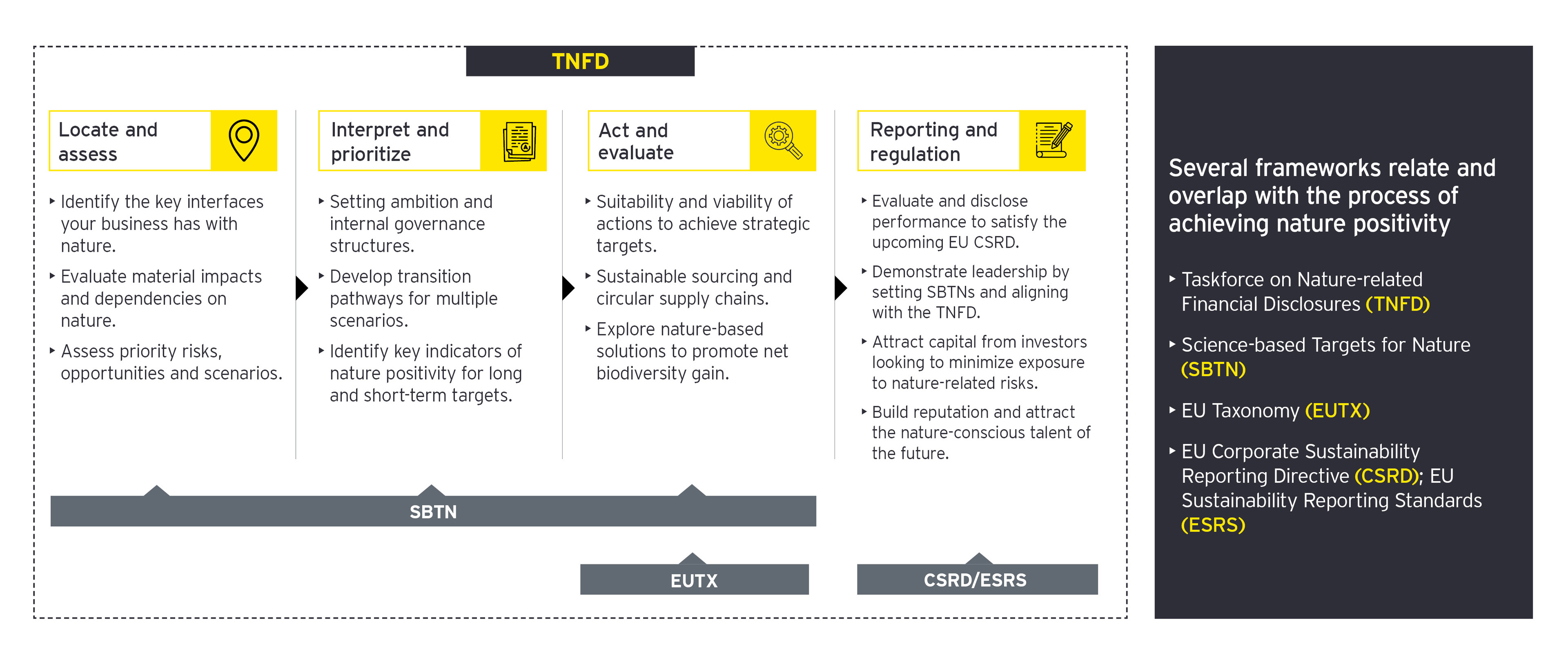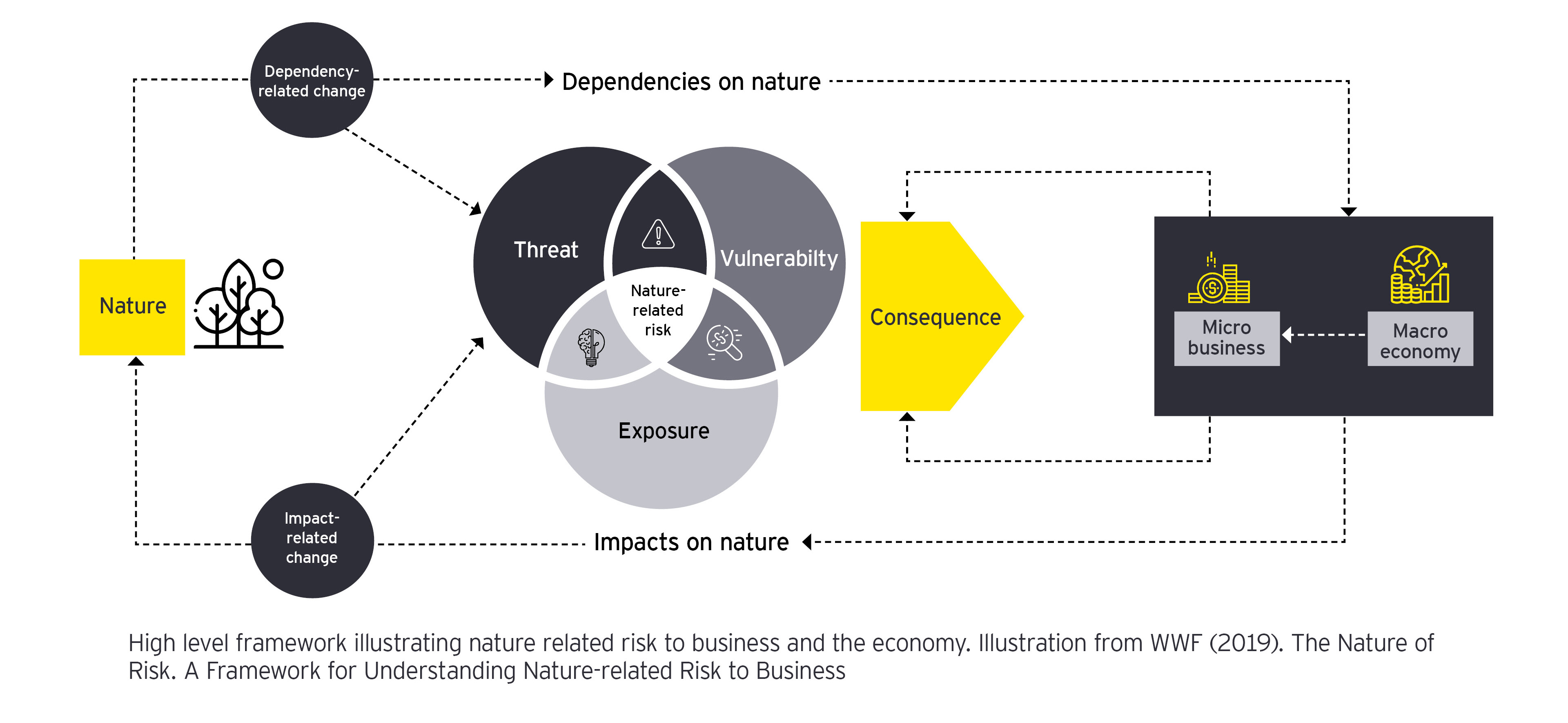Nature, with its diversity, is our life support mechanism. Human civilizations have always been, and still are, fully reliant on the goods and services provided by nature, collectively known as ecosystem services. The biosphere provides clean air, food, water, raw materials, pest and pathogen control, climate stabilization, and flood protection, in addition to having intrinsic social and cultural value.
Besides underpinning human livelihoods, prosperity and wellbeing, the ecosystem services provided by nature pose significant economic value and present material financial risks if degraded. More than 50% of the world’s total GDP (US$44t) is moderately to highly dependent on nature. Biodiversity, the variety of genes, species and ecosystems play a critical role in the delivery of ecosystem services. Additionally, high levels of biodiversity provide resilience to shocks. For example, biodiverse forests have reduced forest fire risks, while more crop diversity reduces the risk of disease outbreaks.
Are we at crossroads in addressing the biodiversity crisis?
The world is currently losing species and habitats that underly global biodiversity, at an alarming rate. According to the Living Planet report and the Living Planet Index (LPI) from the World Wildlife Fund (WWF), there’s been an average decrease of 69% in the 32,000 monitored species populations. The freshwater LPI has been hit the hardest, with an average population decrease of 83%.
These losses are a result of human activities such as ecosystem degradation and land use, exploitation of wild animals for food and trade, pollution from fertilizers and pesticides, the introduction of foreign species and the release of carbon into the atmosphere (which causes climate change). These alarming trends are degrading the ecosystem services we rely upon, risking catastrophic losses. Degraded biodiversity often starts with local consequences, like the increase of agricultural pests, reduced water quality and the spread of zoonotic diseases. These can then lead to global impacts on productivity, food security and human migration patterns. Transformative change is essential to tackle the key drivers of biodiversity loss and reduce nature-related risks.
Biodiversity risks share many characteristics with climate change. Both are far-reaching in breadth and magnitude and contain tipping points beyond which recovery may be impossible. They are uncertain yet also foreseeable, with consequences that will be determined by our short-term actions. While there is recognition in both scientific and policymaking circles that climate change and biodiversity loss are interconnected, in practice, they are largely addressed within separate domains.
Recent global shocks — including those caused by changing weather patterns and an increase in zoonotic diseases — are characteristics of more volatile ecosystems. To avoid more turbulence for our global society and deliver on the Sustainable Development Goals (SDG), we must act at the pace and scale the biodiversity crisis demands and work toward a low-carbon, nature-positive and sustainable future.





